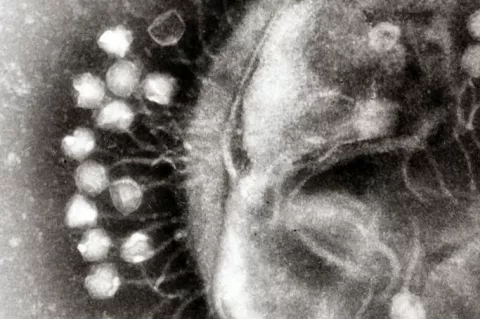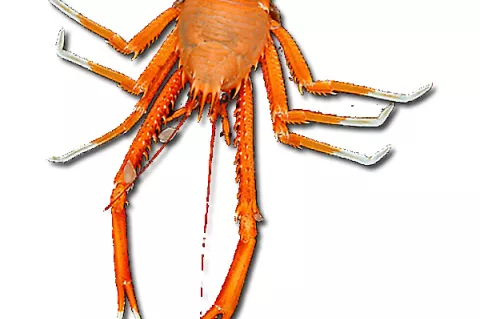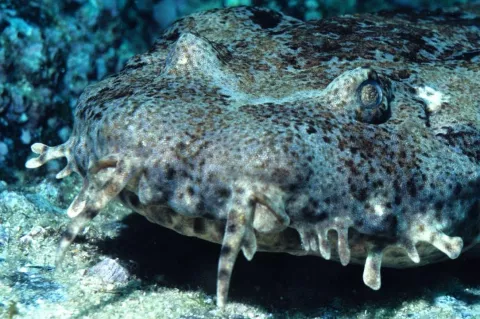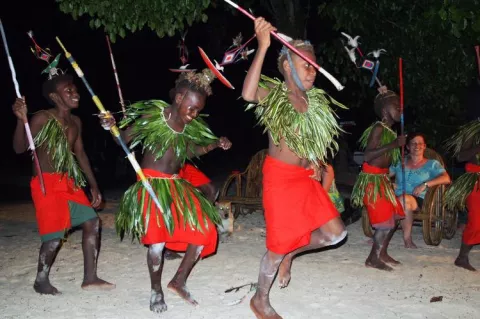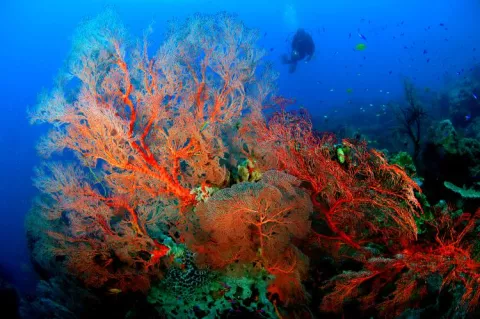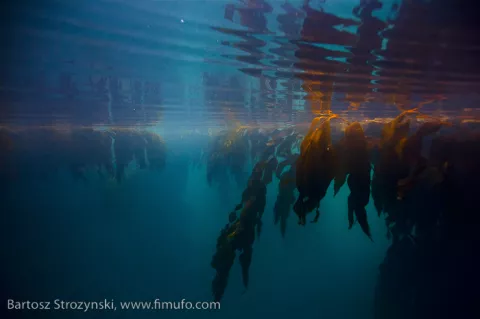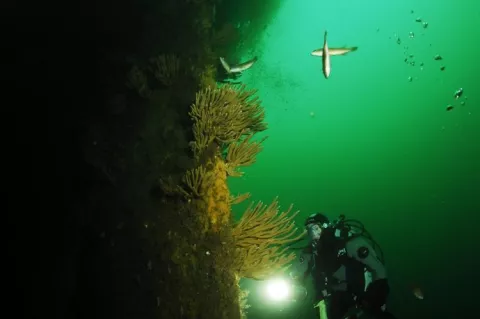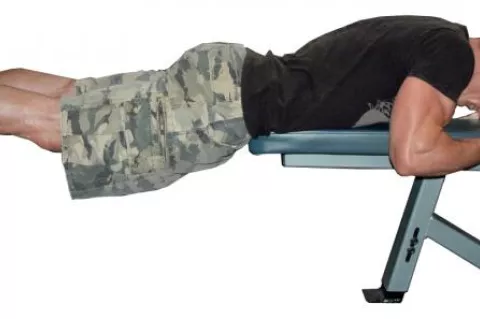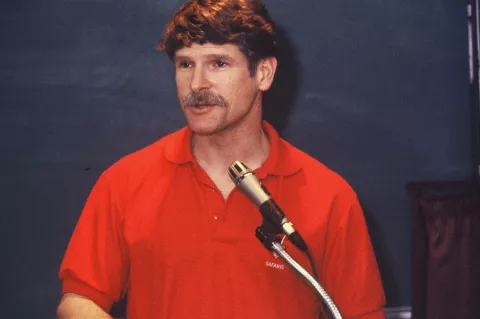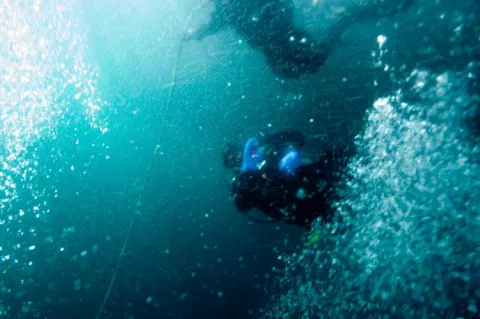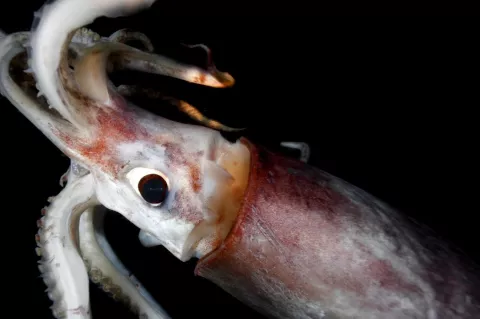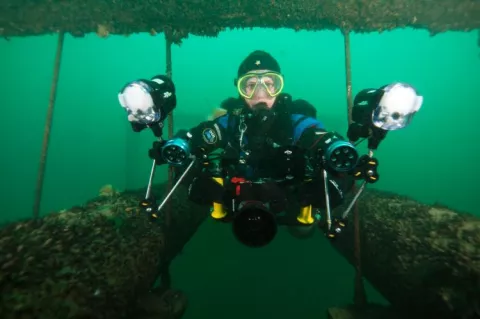A vaccine for corals
White syndrome' is a name given to a number of diseases exhibiting similar symptoms, such as such as white pox, white band and white plague disease. The causes of white syndrome are in many cases unknown. White syndrome has increased in abundance 20-fold in the last five years, with increases on inner, mid-shelf and outer-shelf reefs along the length of the Great Barrier Reef. It also had a major impact on Caribbean reefs. In areas of the Great Barrier Reef surveyed, white syndrome, along with skeletal eroding band, was the most common disease.
- Read more about A vaccine for corals
- Log in to post comments

